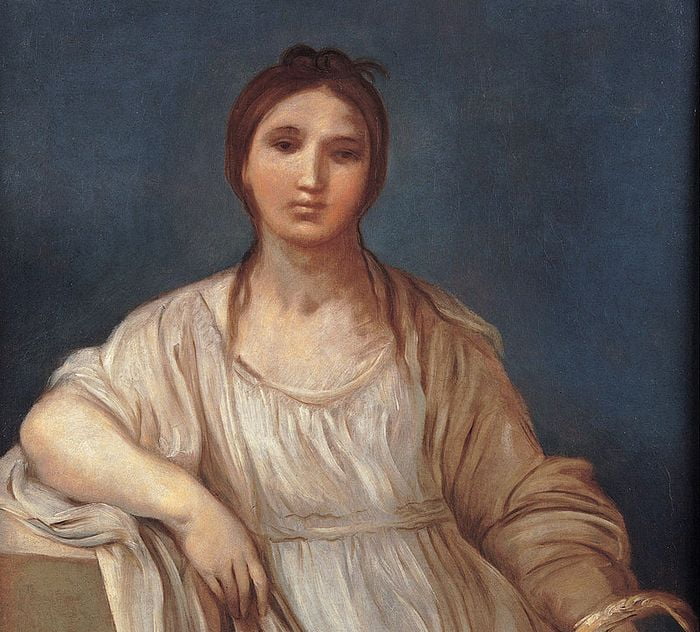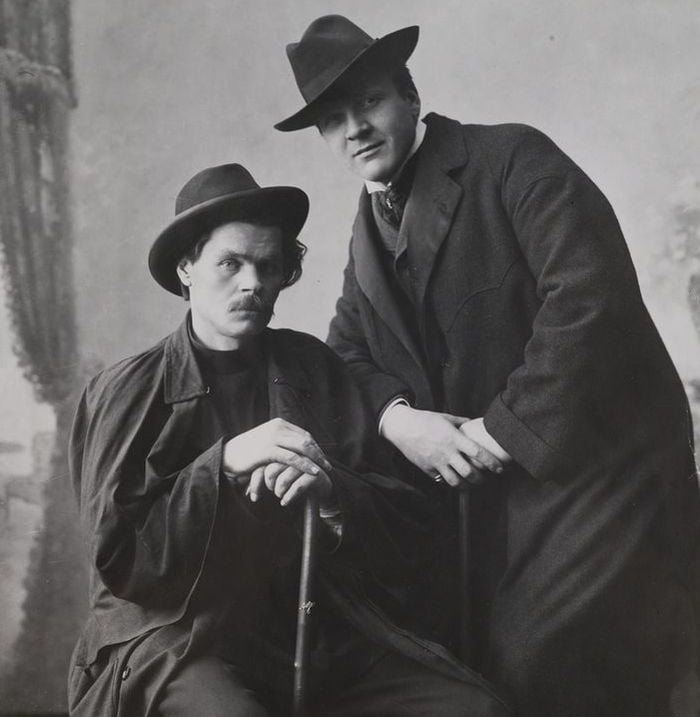The wooden workmanship at the Byzantium
The centers of the Byzantine wooden workmanship which is not widely known are Istanbul, Antakya and Iskenderiye.
Today, there are very few examples left by the masters trained in these centers.
The wooden workmanship is one of the field of the Byzantine art which is not thoroughly studied. The wood suitable to be treated was engraved and ornamented with decorative motifs and they were used as furniture in the houses of rich people and as small objects in the other ones.
There were artisans dealing with carpentry nearly everywhere in the empire but the artisans of wooden carving were trained in the centers such as the capital Konstantinopolis (Istanbul), Antiochia (Antakya) and Aleksandria (Iskenderiye). It`s observed that the carving becomes an industry in these centers. We know that the artists were using tools such as adze, saw, chisel, drill and axe. Unfortunately today, there a few examples left from these wooden pieces of work. Certainly, the reason of this fact is that the wood is a material very sensible to the outside effects such as fire and humidity.
The piece of work in Berlin
A wonderful wooden plastic piece of work presumed to be created by the Byzantine Christian masters dwelled in Egypt is exhibited in the Berlin Museum. This wooden piece of work which is the oldest wooden plastic still remaining today is dated to the 4. Century by the famous Art Historian Josei Strzygowski who had presented the piece of work to the scientific world.
It describes a Byzantine castle besieged by the Barbarians and the rescue of the castle by the Byzantine legionnaire soldiers. Although there is the possibility that these figures may represent a real historical event, Strzygowsk brings different symbolic interpretations to the facts and persons.
Those in the churches
Some of the architectural wooden parts of St. Katherina Monastery set up secluded region at the Sina Peninsula of Egypt and built up without doubt in the middle of the IV. Century are still standing; these parts are door wings and the joists carrying the roof. There are panels on the door wings and many nice symbolic figures – for example, various animals, birds and plants – belonging to the early period of Christianity are painted. The same fact is also observed on the roof joists. The grapes, peacocks, tritons carrying crosses among the stylized plants, the river animals, the living creatures such as bull, rabbit and goat are placed in turn. Another wooden door wing over which this kind of mythological animals (dragons, kentavr), the creatures such as lion, fish, peacock and the religious scenes are placed, is in the Ohri Nikolaos Church.
This wooden can ed piece of work dated to Xlll-XlV centuries by the Bulgarian Art Historian D.B.Filov presents regional features. It looks like the door wings of the Rila Monastery and the Varos Church built in the XIV. Century in Bulgaria. The door wing belonging to the big buildings in the capital Konstantinopolis (Istanbul), iconastasis and the other architectural elements had certainly some decorations of qualified wooden workmanship similar to the previous models. However, there is no single example still remaining today. The marble doors of some big religious buildings such as the Great Hagia Sophia and the Kariye Mosque imitate doubtless the wooden doors.
This situation may be observed especially on the door known as heaven-hell door in the southern gallery of Hagia Sophia and the doors providing entrance to naos (worship place) of the Kariye Mosque. The unique piece to be mentioned as a Byzantine wooden plastic is the stretcher joists in the department of empress in the gallery over the narthex. There are crosses and medals forming a line over it. It may be said that the Anatolian carving masters have decorated many buildings in this manner.
Examples from Anatolia
H.Rott who had made studies in the Southern Anatolia with German team at the beginning of XX Century had photographel the wooden joist on the narthex door of the Kesik Minare (Korkut = Cumanun) Mosque which is in ruins today. This piece is lost since a long time. The ornament on this piece seeming – belonging to the southern one among the doors permitting entry from the narthex to the main place is not a relief but it`s worked by carving on the wood. The small crosses in the medals, the antithetique griffons, the biros drinking water from a cup (refrigerium) and the leaves are placed in turn.
Another example of the wooden carved pieces in Anatolia is in the Konya Museum and it`s supposed that it belongs to one of the Binbirkilise (One thousand churches) buildings at the side of Karadag in the same region. These three pieces are the door wing. The over part of it, is filled by the geometric shapes, lines creating an illusion and zigzags. As figures, just a fish and motifs like leaves are seen. Although these wooden pieces are not as artistic as the other ones. They are important because they reflect the regional features and the taste and the artistic creation of the Anatolian artisans.
Another one in Baltimore
Another wooden piece of work very similar to this one stylistically in other words presenting the features of the Hellenistic art are the iconastasis plates of Santa Sabina Church in Rome preserved in the Walters Art Gallen in Baltimore. Each one of the 18 small panels where various scenes from Christianity and Judaism are presented, is a real piece of art of carving with a very careful and qualified workmanship.
Read More about Kazanlak – the town of the most beautiful among women, the rose








